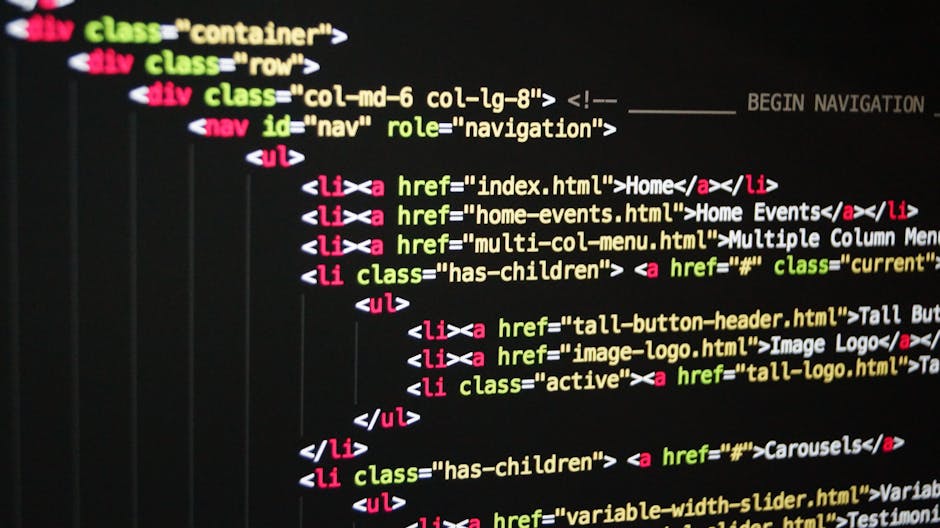AI Tools That Simplify Data Interpretation
Did you know that businesses lose about $12 million a year due to poor data management? Understanding and interpreting data can be a daunting task. But thanks to artificial intelligence (AI), we now have powerful tools that make this process much easier. In this article, well explore how AI tools can help you make sense of data without needing a Ph.D. in statistics.
What Are AI Tools for Data Interpretation?

AI tools for data interpretation are software programs that use algorithms to analyze data. They help users spot trends, make predictions, and derive insights from raw numbers. Think of these tools as your personal data assistants. They sift through piles of information so you can focus on what really matters.
For example, imagine you run a small bakery. You have sales data from the past year. Instead of manually sifting through it, you can use an AI tool to find out which pastries are your bestsellers. This helps you make informed decisions about what to bake more of.
Why Should You Use AI Tools?

AI tools make data interpretation simpler and faster. Heres why you should consider using them:
- Speed: AI tools process data much faster than humans.
- Accuracy: They reduce human error, leading to more reliable insights.
- User-Friendly: Many AI tools are designed for non-experts.
- Scalability: They can handle large amounts of data easily.
In short, AI tools can save you time and help you make better decisions.
How Do AI Tools Work?

You might wonder, how do these tools actually work? At their core, they use machine learning and algorithms. Heres a breakdown of the process:
- Data Collection: They gather data from various sources, like surveys, web analytics, or sales records.
- Data Cleaning: AI tools correct errors and remove duplicates from the data.
- Data Analysis: They analyze the cleaned data to find trends and patterns.
- Visualization: Finally, they present the findings in easy-to-read charts and graphs.
By following this process, AI tools can simplify complex data into actionable insights.
What Are Some Popular AI Tools for Data Interpretation?

There are numerous AI tools available today. Here are a few that stand out:
- Tableau: This tool creates interactive data visualizations. it’s user-friendly and doesnt require advanced coding skills.
- Google Data Studio: A free tool that connects to various data sources. It helps you create reports and dashboards easily.
- Microsoft Power BI: This tool offers robust analytics features and integrates well with other Microsoft apps.
- IBM Watson Analytics: It provides natural language processing. You can ask questions in plain English and get insights.
Each of these tools has unique features, so you can choose one that best fits your needs.
Can AI Tools Help Small Businesses?
Absolutely! AI tools can be game-changers for small businesses. Heres how:
- Cost-Effective: Many tools come with free versions or low-cost subscriptions.
- Enhanced Decision-Making: Small businesses can make data-driven decisions with ease.
- Marketing Insights: Understand customer behavior and preferences for better targeting.
For instance, a local coffee shop can use AI tools to analyze customer purchase patterns. This can inform their marketing campaigns and help them introduce new flavors that customers will love!
How Do AI Tools Interpret Data?
AI tools interpret data through various methods, often relying on machine learning algorithms. Here are a few ways they do this:
- Predictive Analytics: They analyze historical data to make forecasts about future trends.
- Sentiment Analysis: These tools assess customer opinions based on social media or reviews.
- Clustering: They group similar data points together to identify patterns.
Lets say you own an online store. An AI tool could predict which products will be popular next season based on past trends. This insight lets you stock up before demand spikes.
What Are Some Common Misconceptions About AI Tools?
Many people have misconceptions about AI tools. Here are a few myths debunked:
- AI is Too Complicated: Many tools are designed to be user-friendly, even for beginners.
- AI Replaces Human Jobs: Instead of replacing jobs, AI tools help employees be more efficient.
- AI Only Benefits Big Companies: Small businesses can also leverage AI for growth and insights.
Understanding these misconceptions can help you appreciate the true value of AI tools.
What Should You Look For in an AI Tool?
Choosing the right AI tool can be overwhelming. Heres what to consider:
- User-Friendliness: Look for tools with intuitive interfaces.
- Integration: Ensure it connects with your existing systems.
- Support: Check if the provider offers customer support and tutorials.
- Cost: Evaluate whether the pricing fits your budget.
Taking these factors into account can lead you to the perfect tool for your needs.
Can AI Tools Improve Your Business Strategy?
Yes! Using AI tools can significantly improve your business strategy. Heres how:
- Data-Driven Decisions: Make informed choices based on solid data.
- Resource Allocation: Identify where to invest for maximum return.
- Trend Identification: Stay ahead of market trends and customer preferences.
For example, a retail store can analyze data on customer foot traffic to optimize staff schedules. This ensures there are enough employees during peak hours without overstaffing when it’s slow.
How Can You Get Started with AI Tools?
Ready to dive in? Getting started is easier than you think:
- Identify Your Needs: Determine what data you want to analyze.
- Research Tools: Look for tools that meet your requirements.
- Test with Free Trials: Many AI tools offer free trials to help you evaluate them.
- Start Small: Use the tool on a small project before scaling up.
Following these steps can help you harness the power of AI in your data interpretation journey.
What Are the Future Trends in AI Tools?
The future of AI tools is bright! Here are some trends to watch:
- Increased Automation: More tasks will be automated, making analysis even faster.
- Better Personalization: Tools will provide more tailored insights based on user behavior.
- Enhanced Collaboration: Cloud-based tools will allow teams to work together seamlessly.
Staying aware of these trends can keep you ahead in the data game.
Conclusion: Take Action with AI Tools
In conclusion, AI tools can transform how you interpret data. They provide speed, accuracy, and user-friendly interfaces. Whether you’re a small business owner or a data analyst, these tools can help you make smarter decisions.
Ready to simplify your data interpretation? Start exploring AI tools today and unlock valuable insights that can drive your success!
For more information on data management, check out this article on data management tips.
Remember, the world of data is vast, but with the right AI tools, it doesnt have to be overwhelming!


